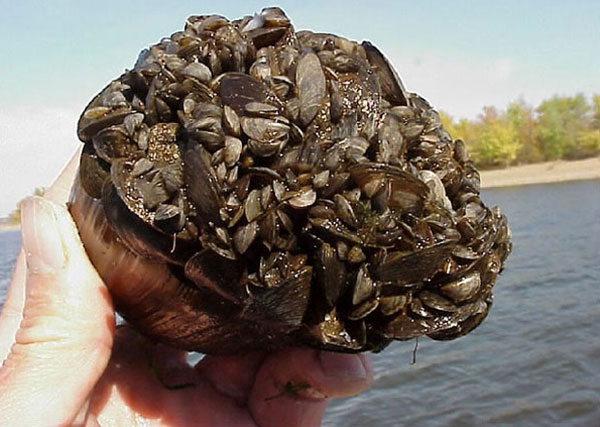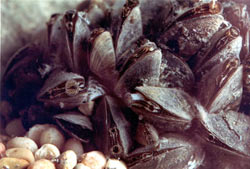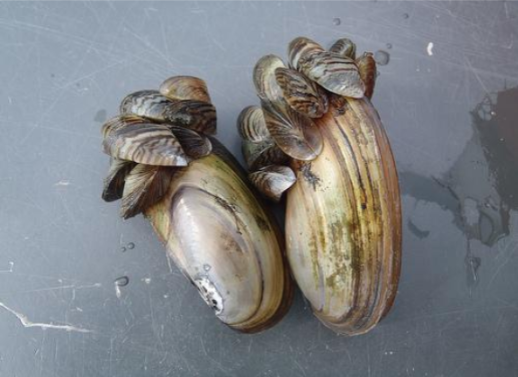

Watermen who fish the Susquehanna Flats also reported mussel-encrusted gear. Not only did the numbers increase, but the distribution widened: in 20, all the zebra mussels found came from only three of the 15 anchors surveyed this year, 14 of the 15 contained the invasive mollusk. In 20, those same anchors sported only 14 and 20 mussels, respectively. On 15 anchors located in tidal-freshwater, researchers found more than 500 zebra mussels. In the fall of 2014, however, results from monitoring a network of buoys and anchors that are located throughout the lower Susquehanna River and upper Chesapeake Bay changed the picture. With fewer than 50 live and dead specimens reported, the zebra mussel population, although apparently established, did not seem to be expanding. Between 20, a few more zebra mussels were found scattered throughout the upper Chesapeake Bay. Less than a month later, a second mussel was found on a boat hull at Glenn Cove Marina, in Harford County, Maryland. A single adult mussel was found at the Conowingo Dam in the lower Susquehanna River. In November 2008, 20 years after showing up in North America, zebra mussels finally arrived in Maryland. Zebra mussels become sexually mature their first year.

They live attached for up to 10 years and grow about 1-2 cm per year. To survive, the settled mussels attach to hard substrate using byssal threads.
#PICTURES OF ZEBRA MUSSELS FREE#
Their larvae, called veligers, may be free swimming for up to a month before settling out of the water column. Unlike native bivalves, zebra mussels are dioecious spawners, releasing tens of thousands to millions of gametes in the water column when water temperature approaches 15✬. Immensely fecund, these mussels can reproduce quickly, and can be moved in water bodies and between water bodies by attaching to boats, trailers, and aquatic plants.

Since this inadvertent introduction, zebra mussels have spread as far west as California, and now occur in at least 25 states, including Maryland. Clair on the Michigan-Ontario border, likely being a passenger in ballast water from a transoceanic cargo ship. It was first discovered in North America in June 1988, in Lake St. The zebra mussel is a small (< 25 mm shell length) native to southern Russia and the Caspian Sea. For these reasons, zebra mussel has been chosen as Maryland Invasive Species Council’s January Invader of the Month. Maryland DNR recently completed a count of the zebra mussel population found in Maryland waters. Zebra mussels can also accumulate nutrients and toxins within their bodies, which has contributed to the deaths of thousands of fish-eating birds and to blooms of harmful Mycrocystis bacteria. Zebra mussels can kill native freshwater mussels, alter aquatic food webs, and affect water chemistry. They have encrusted boat hulls and outboard motors, clogged power plant cooling water intake pipes, and forced expensive changes in the way municipal drinking water supply systems operate. Zebra mussels have caused serious problems in the Great Lakes and other water bodies where they have invaded.

Like many other nuisance species, zebra mussels are prolific and form dense clusters, often covering whatever surface they attach to several inches thick. ANNAPOLIS, MD (January 1, 2015) – Named for its distinct dark and light striped shell, the zebra mussel ( Dreissena polymorpha) is a small, triangular freshwater bivalve mollusk that attaches to hard surfaces with hairs called byssus.


 0 kommentar(er)
0 kommentar(er)
